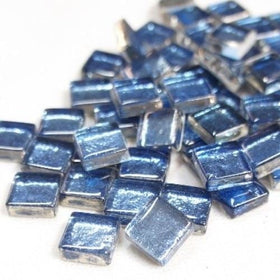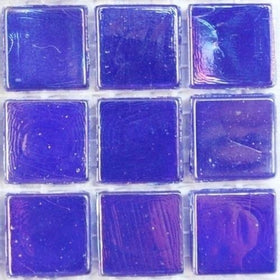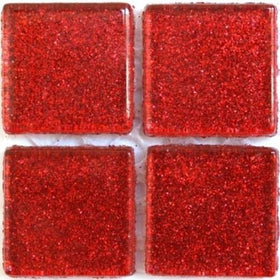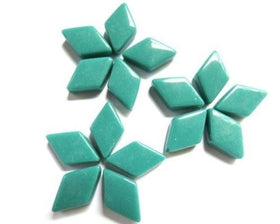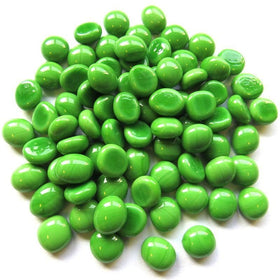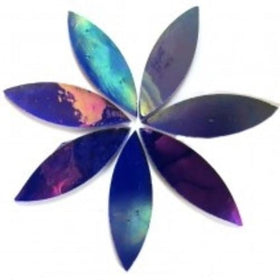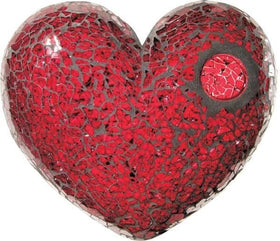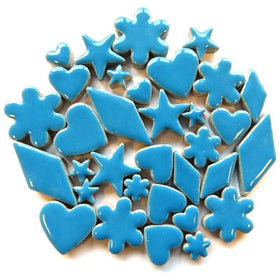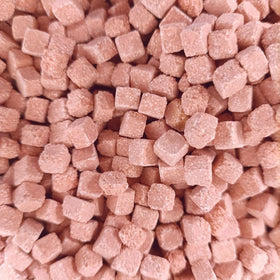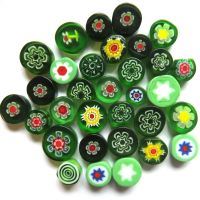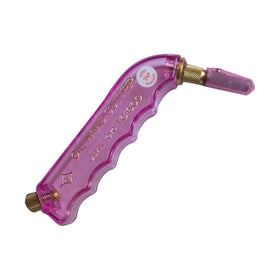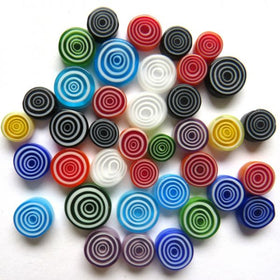Mosaic in Modern Architecture: The Catalan Modernistes
The Industrial Revolution and its effect on every facet of life across Europe were profound. During the late 19th century and early 20th century the city of Barcelona, in Spain, was undergoing an intense period of industrialization as was the case for most urban centres throughout Europe. In reaction to this industrialization there occurred a simultaneous cultural revival of the Catalan influence. In North-eastern Spain, where Barcelona is located, a group of young architects who would eventually become known as the Catalan Modernistes was heavily influenced by both of these influences.
Industrialization meant there was an influx of money into the city economy and with this new flow of available cash came the ability to commission new buildings. It was a moment in time when the explosion of new thinking and new money came together to support large scale architectural endeavors.
A trip to present day Barcelona will reveal the striking effect the modernistes had on the urban landscape of this quickly developing city at the turn of the last century.
Antoni Gaudi
It would be impossible to talk about mosaic in modern architecture without discussing the great architect from Spain, Antoni Gaudi. During his lifetime, 1852 -1926, Gaudi’s work would transform the way architects think about building materials and use of mosaic surface design. He became an influential leader of the architectural movement known as Catalan Modernism. Gaudi forged techniques that saw traditional mosaic patterning combined with discarded ceramic shards known as trencandis.
He is famous for completely covering sculpture and architectural features such as columns and staircases with broken bits of pottery, plates and assorted dinnerware. This dragon sculpture from Parc Guell in Barcelona is a brilliant example of Gaudi’s unconventional and visionary use of repurposed materials and the trencandis mosaic technique.
Joseph Maria Jujol
Of course we can’t look at Parc Guell and Gaudi’s work there without also looking at the work of his colleague and co-worker Joseph Maria Jujol. Born in 1879, Jujol eventually made his way to Barcelona where he trained as an architect, graduating from his programme in 1906. By that time he had already met and begun to work under the tutelage of the already renowned, Gaudi. The long and successful series of collaborations with the senior architect would continue right up until Gaudi died in 1927.
While Gaudi was heavily influenced by his catholic faith and the church, Jujol’s work had a lighter touch, often imbued with subtle humour. Many believe the fanciful mosaicked sculpture found in Parc Gruell, such as the dragon pictured above, are the result of Jujol’s influence on Gaudi. Jujol’s work on the area of Parc Gruell known as the bench, shows his command of colour and a developed sense of fanciful whimsy which delights visitors to this day.



